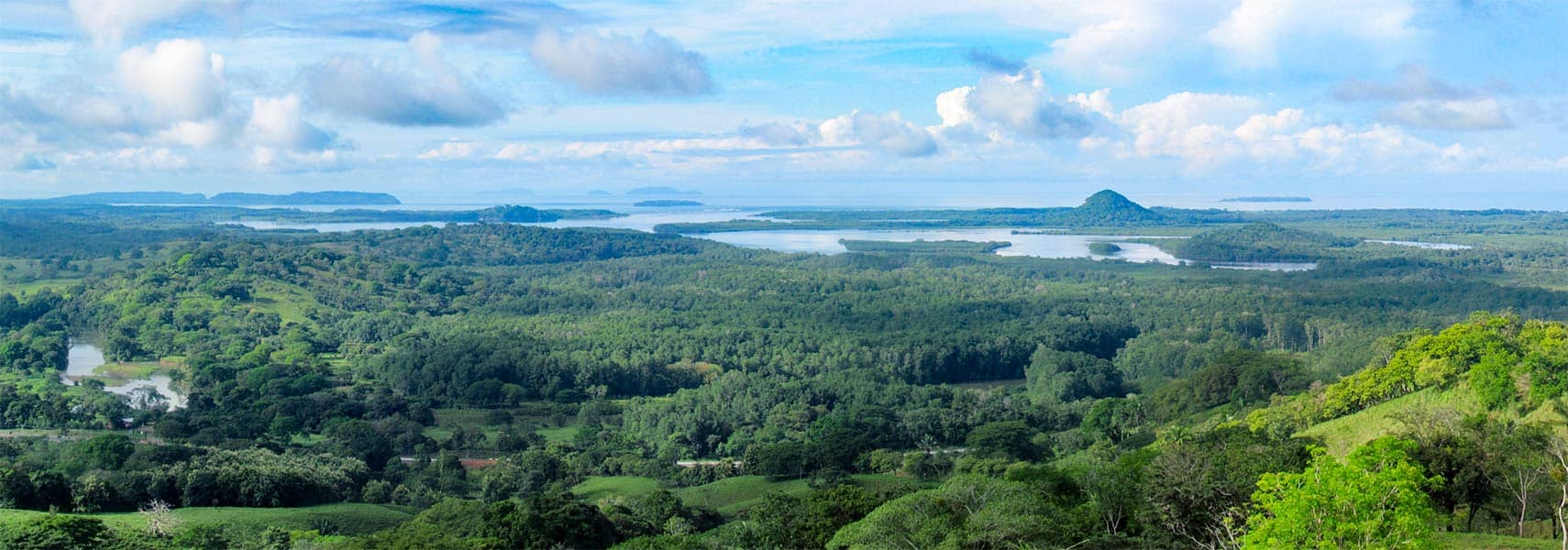Discovering Panama: A Unique Central American Gem
Situated in Central America, Panama serves as a critical landbridge connecting the Caribbean Sea and the Pacific Ocean. This vibrant country borders Colombia to the southeast and Costa Rica to the west, creating an intriguing blend of cultures and landscapes. It’s no surprise that many travelers are drawn to Panama, as this captivating land is not only known for its rich history but also for its dramatic scenery and diverse wildlife.
The Iconic Panama Canal
One cannot discuss Panama without mentioning the illustrious Panama Canal. This remarkable man-made waterway, inaugurated in 1914, serves as a vital link between the Caribbean Sea and the Pacific Ocean. Governed by the Republic of Panama, the canal stands as one of the foremost strategic artificial waterways globally, alongside the Suez Canal in Egypt. After decades of control by the United States, the Panama Canal was fully handed over to Panama on December 31, 1999. This significant event marked a new era in the country's history, signifying its sovereignty and control over such a crucial asset.
The canal not only revolutionized maritime trade but also spurred economic growth and development in the region. Interestingly, visitors can explore several viewing points along the canal, offering stunning views of ships traversing its waters. It's a remarkable sight, showcasing human ingenuity at its finest.
Geographical Features of Panama
Covering an area of 74,177 square kilometers, Panama boasts a diverse and mountainous landscape, primarily covered by lush rainforests and jungles. The country slightly surpasses the size of the Republic of Ireland yet appears smaller than the U.S. state of South Carolina. Among its many natural wonders, Volcán Barú stands out as the highest point in Panama. This active stratovolcano reaches an elevation of 3,475 meters (11,460 feet) and offers panoramic views that attract adventurous hikers and nature enthusiasts alike.
Climate and Biodiversity
The tropical maritime climate in Panama creates a unique ecosystem. Generally hot and humid, the country experiences a prolonged rainy season and a relatively short dry period between January and May. This climate fosters remarkable biodiversity, with countless species of plants, animals, and birds populating the rainforests. Birdwatching enthusiasts are particularly enchanted by Panama, where they can observe species such as the resplendent quetzal and the iconic toucan.
Demographics and Culture
With a population of approximately 4 million, Panama City serves as both the capital and the largest urban center. Spanish is the official language, although many Panamanians are bilingual, speaking English or various indigenous languages. The cultural tapestry of Panama reflects its rich history, marked by influences from indigenous peoples, Spanish colonization, and the vibrant West Indian community. This fusion is evident through the country’s stunning festivals, such as Carnaval, which showcases lively music, dance, and culinary delights.
Economic Landscape
Panama's economy primarily thrives on services, particularly in banking, commerce, and tourism. Additionally, the Panama Canal plays a critical role in facilitating international trade, generating substantial income for the country. Numerous industries, including construction, brewing, and agriculture, contribute to the economy. The fertile lands yield products such as bananas, rice, and coffee, while natural resources include copper and hydropower.
Political Framework
This constitutional democracy, which gained independence from Colombia on November 3, 1903, operates under a constitution that was established on October 11, 1972. Amendments and reforms have taken place throughout the years, demonstrating a commitment to evolving governance. Panama maintains diplomatic relations with various countries, significantly impacting its global trade and political landscape.
Natural Resources and Exports
Aside from copper and mahogany, Panama enjoys abundant natural resources like shrimp and hydropower. Exports include valuable commodities such as gold, lead, and zinc. Notably, the country's trade partners range from China to the USA, indicating its important role in the global market. The diverse range of exports places Panama in a favorable position to engage in international trade, further boosting its economy.
Conclusion: The Allure of Panama
In summary, Panama presents a captivating blend of natural beauty, cultural richness, and economic significance. From the awe-inspiring Panama Canal to the majestic landscapes, and from its vibrant culture to its vital role in global trade, Panama captivates the imagination of any traveler. While exploring this remarkable country, visitors encounter not only its scenic vistas but also the warm hospitality of its people, making it truly unforgettable.
Largest cities of: Panama
| City Name | Population | Year of foundation | |
| Panama City | 880,691 | 1519 | |
| San Miguelito | 324,157 | 1968 | |
| Colón | 220,000 | 1850 | |
| David | 150,000 | 1519 | |
| Santiago de Veraguas | 130,000 | 1558 | |
| La Chorrera | 100,000 | 1621 | |
| Chitré | 40,000 | 1848 | |
| Penonomé | 30,000 | 1621 |


